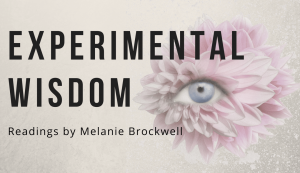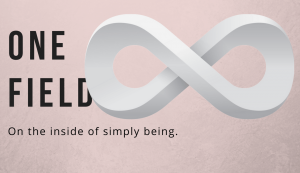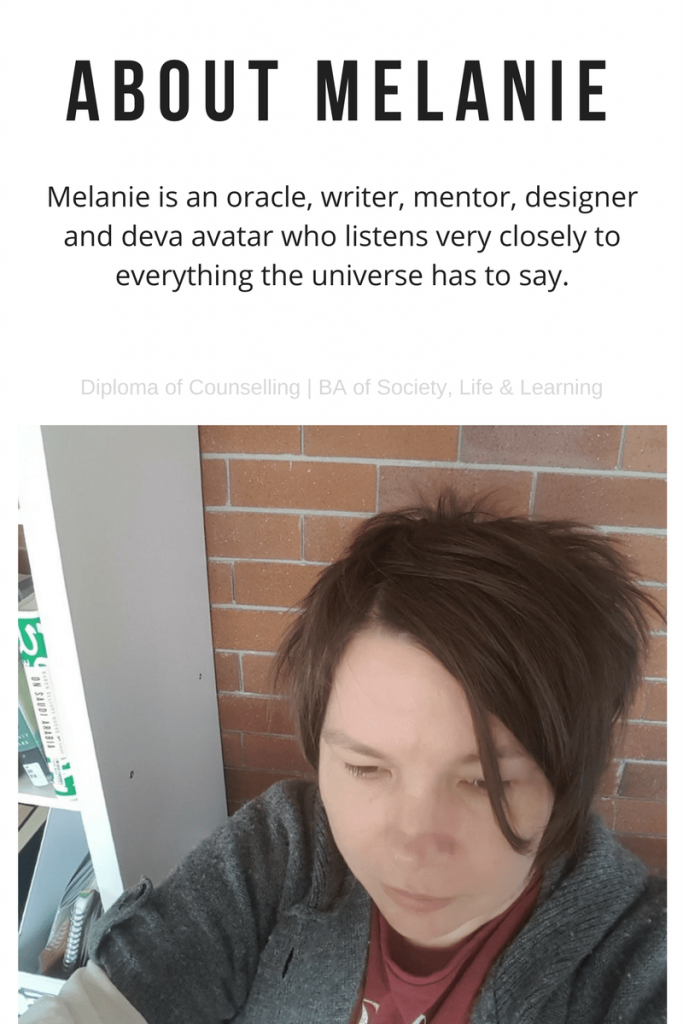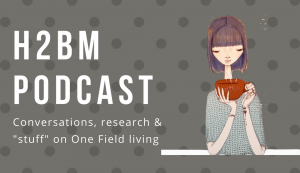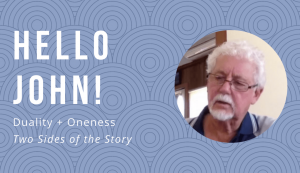What happens when you combine inner-work with outer-work? You get Oneness.
But how do you live in a world that looks like it has borders and boundaries, with people who talk in terms of being separate, and still maintain your own cosmology of Oneness? In other words, how do you live in but not of the world?
Instead of seeing the world in terms of dichotomies such as east and west, local and global, self and other, you begin to operate as if we are already interconnected.
I’m not sure where the idea of perception became the arbiter of experience, but what’s important in your exploration of the Oneness experience, is the way you explain what’s really going on. And while it’s easy to philosophise about how we’re all one, it’s quite another to make sense of our everyday as a function of One Field physics.
For example, if I go to a magic show, I expect to witness things that seem impossible. I expect to be amazed by a trick of the light or a sleight of hand. And my expectation is couched in my explanation of what’s really going on.
Now, if I’m standing on the street, and I witness a car accident, my explanation of what’s going on is couched in my cosmology; which means my story about a) how the accident came about, b) what it means (for me, for the people in the accident and everyone else involved in my explanation), and c) who I am because of the accident – is a reflection of whether I believe I live in duality or non-duality.
In duality, there is someone to blame, someone who could have made better choices, and some way to learn from what’s going on. In essence, there is a reality separate from God (or whatever you call perfection) and we are at various stages of alignment with our ideal possible self/world.
In non-duality, there is All That Is.
We can attempt to comprehend how our perception is a function of All That Is through physics and philosophy, but each time we explain the structure of reality as a function of All That Is, we make visible our pre-conceptions. And until we find a way to explicate and define ourselves without reference to other terms which contain their own pre-conceptions, our attempts to communicate meaning are nought but points on a map with no birds eye view to tie together some universal big picture of All That Is.
And if this is true, at least for now, then there are three questions about Oneness that come to mind, so to speak. 1) How can we understand our perception as on purpose? 2) How can we negotiate other people’s perceptions as on purpose? 3) What other than ‘perception’ needs to be understood as non-dualists?
The first is a question of explaining ‘what’s going on’ in Oneness terms. Since blame, shame and control are in duality, our focus as non-dualists is on explaining the how what, where, when, why, and who as a function of All That Is.
The second question is moot once we answer the first, but for those who find themselves in duality, still curiously convinced Oneness has its value, the second question is a means to an end. It allows one to translate their first impression into a story coherent with All That Is as the explanation for everything we have labelled, judged and desired.
The third is a question of surrender. It asks what a non-dualist chooses on a daily basis – to show compassion for the angry drunk on the bus because even this is Spirit manifest OR to experience our own so-called reaction to the angry drunk on the bus because even this is Spirit manifest.
Each of the three questions are an individual interpretation. There can be no One Way, even for the Oneness Experience. All we can do is find the way that speaks to us in terms of Oneness, and honour the experience we are having as All That Is.
The question is, how do you define ‘experience’?


